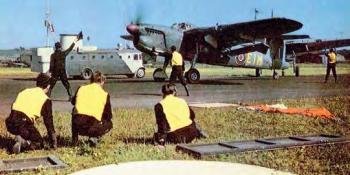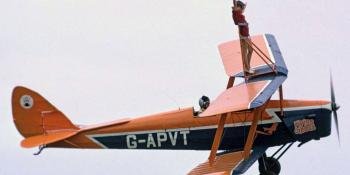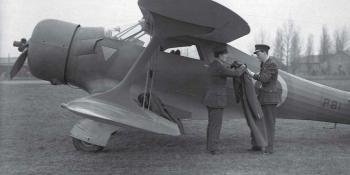MORE AND MORE SPITFIRE TWO-SEATERS ARE EMERGING FROM WORKSHOPS. DANIEL FORD EXAMINES THE ORIGINAL TRAINER VERSIONS
It was not until 1941 that thought was given to a conversion trainer version of the Supermarine Spitfire. By that stage in the war, the advanced flying syllabus was such that a dedicated two-seater was not necessary and indeed could be regarded as a luxury. Supermarine chief designer Joseph Smith had so many demands on his time that it was not long before the file was moved to the bottom of the pile.
There was initially no need for such a version due to the foresight of Frederick George Miles, the elder of two brothers who had been building aircraft in their name since 1931.
Miles recognised that the Bristol Blenheim, Fairey Battle, Hawker Hurricane and Spitfire provided the RAF with a significant performance leap and an advanced trainer was needed to bridge the gap.
Miles harnessed the 745hp (555kW) Rolls-Royce Kestrel XVI V12-format engine to produce the supremely elegant private venture M.9 Kestrel of June 1937. With retractable undercarriage, variablepitch propeller and split flaps the M.9 had everything to help trainee pilots come to grips with the new generation of fighters and bombers.





